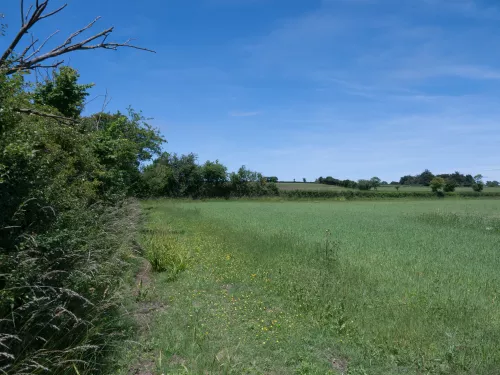
Arable land
Most arable fields are large, featureless monocultures devoid of wildlife, but here and there are smaller fields and tucked away corners that are farmed less intensively, or are managed specifically with wildlife in mind.
Kent is lucky to have a huge array of habitats that host an incredible range of wildlife. From beautiful coastlines, wonderful woodlands, gorgeous grasslands and more discover what our wild county has to offer by searching below...

Most arable fields are large, featureless monocultures devoid of wildlife, but here and there are smaller fields and tucked away corners that are farmed less intensively, or are managed specifically with wildlife in mind.
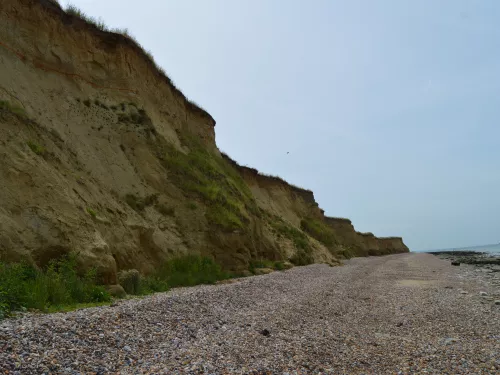
Skip the town beach and find an untamed shore to explore. Wild sand and shingle beaches are great places to see the variety of natural habitats and the amazing force of the elements that help shape them.
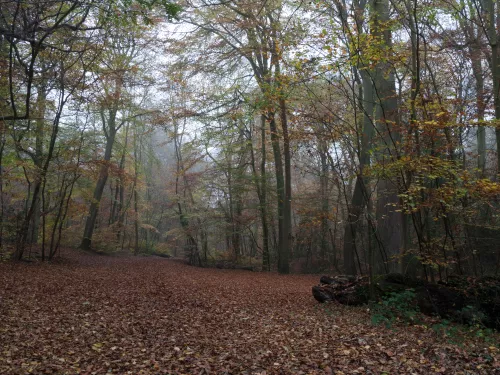
Soaring beech trunks and a feeling of spaciousness mean that these woods have often been likened to cathedrals. Dense shade means that little grows on the thick layer of fallen leaves underfoot, but some of our most treasured and enigmatic orchids are found here while dark, muffled yew woods hold some of our most ancient trees.
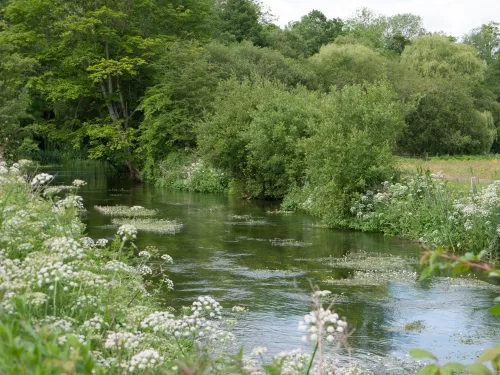
Cool, crystal-clear waters flow over gravelly beds, streaming through white-flowered water-crowfoot and watercress in serene lowland landscapes.
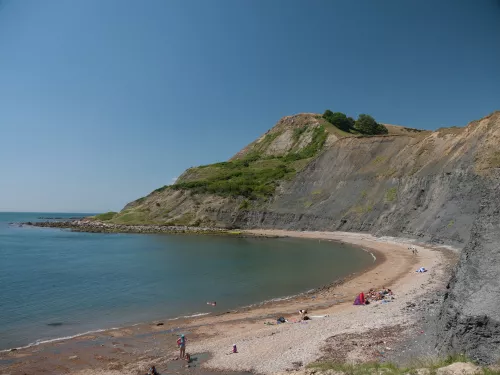
Coastal habitats are found wherever the land meets the sea. With some 17,800km, the UK has one of the longest national coastlines in Europe. The coast is home to many habitats, with cliffs, rocky shores, sand and shingle beaches, sand dunes, mudflats, saltmarshes and grazing marsh.
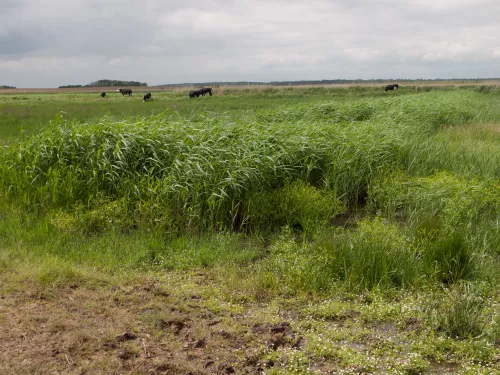
Enormous flocks of geese, ducks and swans swirl down from wide skies to drop onto the flat, open expanses of flooded grazing marshes in winter. In spring, lapwing tumble overhead and the soft, damp ground speckled with cuckooflowers provides excellent habitat for waders probing for prey in the damp soil. By summer, when the ground is drier, some marshes are cut for hay or silage, but the ditches remain wet and come alive with dragonflies and other insects.
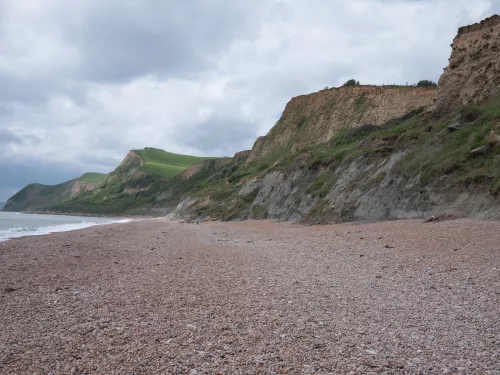
Whether they are tumbles of soft rock home to a variety of invertebrates, or hard, soaring rock faces bustling with huge seabird colonies, cliffs may be challenging to explore but are well worth the reward.

Farmland can conjure up rural images of brown hares zig-zagging across fields, chattering flocks of finches and yellowhammers singing from thick, bushy hedges and field margins studded with wildflowers.
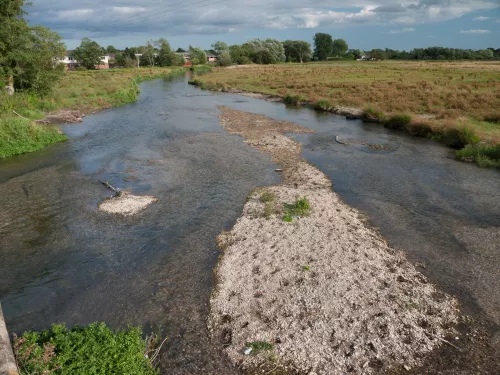
The rain-soaked lands of Britain and Northern Ireland are rich in rivers, streams, lakes, ponds, canals and ditches. Whether natural or artificial, they are the life-force behind the wildlife we love.
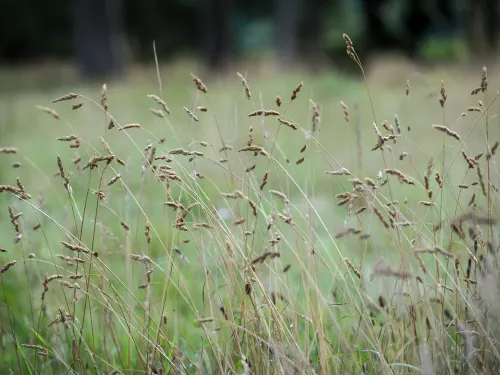
Flower-rich grasslands, once a part of every farm, are part of our culture. Most have developed alongside humans because of livestock grazing and cutting for hay. Many have archaeological and historical features.
These wild, open landscapes stretch over large areas and are most often found in uplands. Although slow to awaken in spring, by late summer heathland can be an eye-catching purple haze of heather.
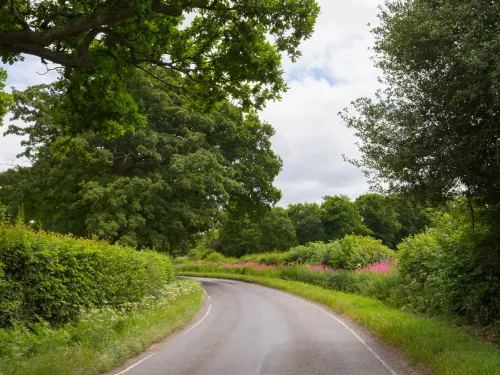
Hedgerows are one of our most easily encountered wildlife habitats, found lining roads, railways and footpaths, bordering fields and gardens and on the coast.